The future of modern, sustainable transportation
In recent days, people across provinces and cities have been enthusiastically sharing information about the North-South high-speed railway (HSR) with the trend: "Saigon broken rice in the morning, Hanoi egg coffee in the afternoon"; "Saigon broken rice in the morning, Hai Duong green bean cake in the afternoon"... According to the report being completed by the Ministry of Transport , if the design speed of 350 km/h is approved, the time for the high-speed train from Ho Chi Minh City to Hanoi on a distance of 1,730 km will only take about 5-7 hours.
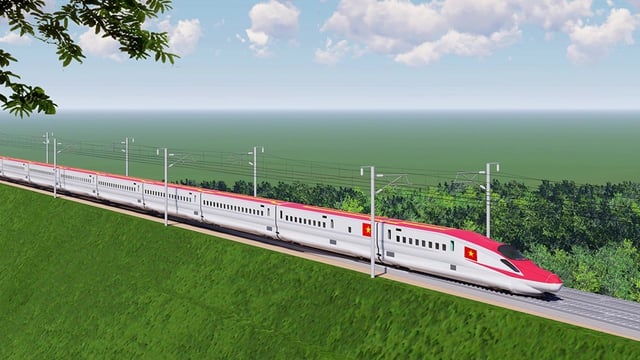
The dream of a North-South high-speed railway is about to come true
Graphic photo: Ministry of Transport
Associate Professor, Dr. Chu Cong Minh, Ho Chi Minh City University of Technology
The Government 's continuous drastic actions demonstrating its commitment to the progress and quality of the project bring great hope to the people, those working in the railway industry in particular and the transport industry in general. Because with a country stretching from the South to the North of nearly 2,000 km, railways still play an important role, being the national transport artery. After completion, the North-South High-Speed Railway project will not only create a modern means of transport, but also bring many great socio-economic benefits. Reducing travel time between cities will promote economic development and trade between regions. At the same time, the High-Speed Railway also helps reduce traffic congestion, reduce environmental pollution and achieve Vietnam's environmental protection goals.
The North-South Expressway also plays an important role in connecting regions of Vietnam. Fast and convenient travel between major cities will promote domestic tourism development. Tourists can easily explore unique and culturally diverse destinations across the country without traffic barriers.
Associate Professor, Dr. Chu Cong Minh, Ho Chi Minh City University of Technology, said that the demand for transporting goods and people is increasing, so it is inevitable to increase traffic connections by other means of transport. Building highways and opening gateways through seaports is necessary, but no matter how much is done, it will be overloaded. To boost the economy, the issue of goods circulation must be put first. To develop goods, railways must take the lead, because this is a method of transporting large volumes, and the cost is also much cheaper than roads and air. Investing in railways will contribute to clearing traffic, clearing goods to stimulate the economy. Not to mention, due to its low carbon emission efficiency, railways are a sustainable, environmentally friendly means of transport, in line with the trend of green and sustainable development.
“Building a high-speed railway will solve the pressure on transport infrastructure, both quickly and economically. With a country as long as Vietnam, a high-speed railway along the country is one of the foundations for forming a large-volume transport axis on land, easily connecting economic centers, creating a driving force for socio-economic development of the country and localities on the North-South economic corridor,” Associate Professor, Dr. Chu Cong Minh affirmed.
Many countries have developed rapidly thanks to high-speed rail.
Dr. Vu Anh Tuan, Director of the Vietnam-Germany Transport Research Center, emphasized: In addition to the direct impact on traffic, studies in the world such as in Japan, France, Germany and some other countries show that high-speed railways also have a strong influence on socio-economic development. In cities where the high-speed railway passes through and stops, the stations will become one of the main commercial and transaction centers, helping to change the face of the city. In addition, the high-speed railway system will help increase communication, redistribute human resources, and create momentum for balanced development between regions.
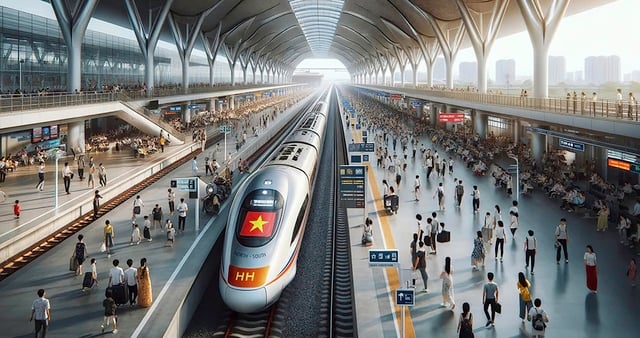
The dream of a North-South high-speed railway is about to come true
Dr. Vu Anh Tuan cited: After the end of the war in 1945, Japan's economy developed miraculously. In just 15 years (1965 - 1980), Japan's GDP increased rapidly from 91 billion USD to 1,065 billion USD. However, during the development process, Japan had to face a serious problem, which was regional imbalance. In addition to Tokyo, Osaka and Nagoya, in other localities, industry and commerce were very underdeveloped, there was a lack of jobs, and low income. Therefore, people from these localities flocked to 3 mega-urban areas, causing great pressure on infrastructure and threatening sustainable development. In the early 1960s, Tokyo, Osaka and Nagoya had to receive about 400,000, 200,000 and 100,000 people each year, respectively, while the total number of people migrating from the localities each year reached 600,000 - 700,000 people. To solve this problem from the root, the Japanese government proposed a master plan for national development, made efforts to implement urban infrastructure development programs, industrial and commercial zones in regions and localities, and built high-speed, high-capacity transportation routes to connect with economic centers such as Tokyo and Osaka.
After 10 years, since the first high-speed railway line was opened (the Shinkansen bullet train was inaugurated in 1964), the migration of people from the provinces to the big centers has basically been controlled, and some people in Osaka and Nagoya even migrated back to the provinces because the living conditions there have improved significantly. The Shinkansen bullet train has also had a positive impact on the economy, the formation of stations and urban areas in many localities.
In fact, Saku City in Nagano Prefecture, west of Tokyo, was transformed after the Shinkansen was launched in 1997. Fifteen years later, the city’s population increased by 7.2%, while tax revenue increased 123 times. In Kagoshima Prefecture in southern Japan, less than two years after the Shinkansen was launched, tax revenue increased by 460 million USD, while the number of tourists increased by more than 20% per year. Experts have called the Shinkansen “a technological wonder of the 1960s,” helping to bring Japan back to the top ranks of the world’s leading powers.
Similarly, high-speed rail service in Korea began with the construction of the Seoul-Busan high-speed rail line in 1992, inspired by Japan’s Shinkansen bullet train, which has become a symbol of modern and efficient transportation, contributing to the country’s comprehensive socio-economic development. According to a report from the Korea Development Institute (KDI), total investment in areas surrounding high-speed rail stations increased by about 50% between 2004 and 2014, with real estate, tourism services, and retail being prominent sectors. Areas such as Daejeon and Gwangmyeong have developed strongly thanks to convenient transportation access, thereby becoming new economic and industrial centers of Korea.
In Southeast Asia, Indonesia is the first country to have a high-speed railway. After just under a year, the Jakarta – Bandung high-speed railway has had 4 million passengers. The Indonesian government also published a study showing that the Jakarta – Bandung high-speed railway from construction to operation has contributed about 5.3 billion USD to the local economy through which the railway passes, contributing significantly to reducing the amount of CO2 emitted into the environment.
According to the research assessment of the Vietnam – Japan Consulting Joint Venture (VJC), the appearance of the North – South High Speed Rail line will be an effective solution to save passengers’ travel time with a value of about 2 billion USD. Social travel costs will also be significantly reduced, estimated at about 6.5 billion USD by 2050.
Increase aggregate demand, create a strong boost for the economy
According to the Ministry of Planning and Investment, the North-South Expressway project is expected to contribute about 0.97 percentage points to GDP growth each year during construction. Revenue from land exploitation and commercial activities could bring in about 22 billion USD, not including revenue from ticket sales. The Expressway is also an important factor attracting domestic and foreign investment. Enterprises will see the advantages of investing in industrial parks, economic zones, and service areas near stations, taking advantage of the convenience in transportation and logistics. The presence of this railway line also contributes to increasing the value of real estate around the stations, creating opportunities for urban development and local economy.
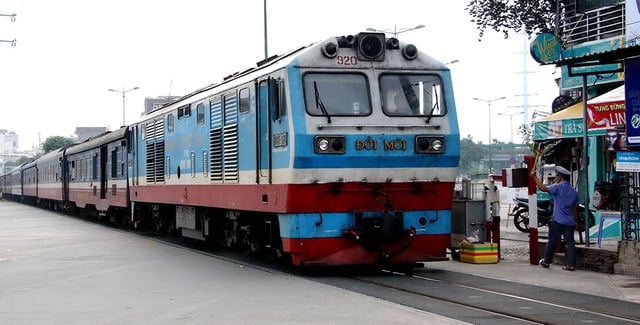
Vietnam's 140-year-old, stagnant and backward railway is facing the biggest opportunity for infrastructure change.
Fast travel between cities also helps expand the labor market, allowing people in remote provinces to work in major economic centers while still easily returning to their hometowns, contributing to reducing population pressure on urban areas.
In particular, this is the largest public investment project in Vietnam when implemented. In the process of economic development of Vietnam, public investment is one of the important activities besides final consumption and export. Economist, Dr. Bui Trinh said he supports the policy of investing in the North-South Expressway. He has traveled by high-speed train in many places such as Japan, Europe, etc. "The benefits for users such as reducing travel time and lower costs than traveling by plane are obvious to everyone. Personally, I strongly support it because if there is a North-South Expressway, it will be easier to go from Hanoi to visit my children in Ho Chi Minh City," Dr. Bui Trinh emphasized.
Expert Bui Trinh affirmed that the project will promote the development of many economic sectors such as construction materials and construction. Overall, the project will have a positive impact on the long-term development of Vietnam. According to calculations from the overall investment balance model, the spillover effect will be the highest compared to final consumption and export. Specifically, every VND 1 billion increase in investment will spillover the added value of VND 0.54 billion (the total added value at production price is equal to GDP). However, Mr. Bui Trinh also said that it is necessary to have a more detailed research report, especially the impact of deploying large investment capital spillover to neighboring sectors or areas to have the most effective plan when spending large resources to implement this large project.
Agreeing, Dr. Nguyen Quoc Viet, Deputy Director of the Institute for Economic and Policy Research (University of Economics, Vietnam National University, Hanoi), also said that the North-South Expressway will contribute to increasing aggregate demand by increasing state spending and stimulating production sectors. This is an important infrastructure for economic development in many localities in particular, spreading to many economic sectors and thereby promoting the entire economy.
“Given the characteristics of Vietnam’s economy, in the coming years, we still need to focus first on public investment, ensuring that spending is correct, accurate and sufficient for key projects. Disbursing public spending and public investment capital on schedule is extremely important, even deciding the effectiveness of public investment motivation for GDP growth,” said Mr. Viet.
However, Dr. Nguyen Quoc Viet noted that the project needs to prevent risks during implementation. That is, not to delay progress, prolonging will increase investment capital compared to the estimate. Therefore, he suggested that it should be done in a rolling manner, implemented in parts and can be put into use immediately to create a spillover effect. In particular, reasonable investment phases also ensure feasibility when implementing and arranging necessary resources, in accordance with the economic situation of Vietnam in general. This also helps the Government continue to implement annual development investment policies with no less priority such as infrastructure development, climate change response or investment spending on health, education, etc.
At the meeting of the Government Standing Committee with ministries and branches on investment policies for the North-South high-speed railway project on October 5, in addition to focusing on infrastructure development, Prime Minister Pham Minh Chinh emphasized the importance of human resource training and technology transfer in the railway sector. The Government sets a clear goal, not only to build a modern infrastructure system but also to develop a team of experienced human resources capable of meeting the strict requirements of operating and maintaining the railway system in the future. International cooperation in the field of training and technology transfer will be considered a key factor, helping our country access the latest technical advances.
The high-speed railway system will help increase communication, redistribute human resources, and create momentum for balanced development among regions. However, this is only a necessary condition. Whether the provinces can develop or not requires sufficient conditions to concentrate appropriate investment resources for socio-economic development in the province, especially for the Central provinces. In addition, it is necessary to have urban and local transport development plans connecting with the high-speed railway station area to make this place become the main economic and commercial centers of the region, the city.
Dr. Vu Anh Tuan , Director of Vietnam - Germany Transport Research Center
Thanhnien.vn
Source: https://thanhnien.vn/duong-sat-toc-do-cao-bac-nam-suc-bat-cho-kinh-te-viet-nam-185241007232725418.htm


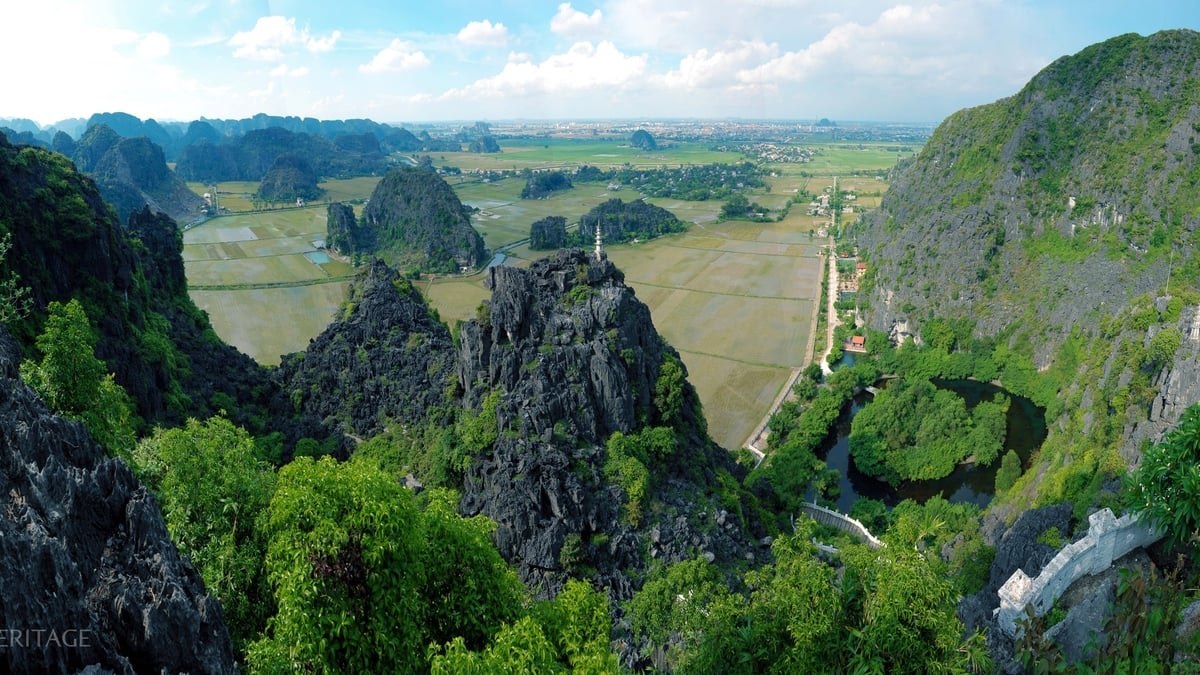


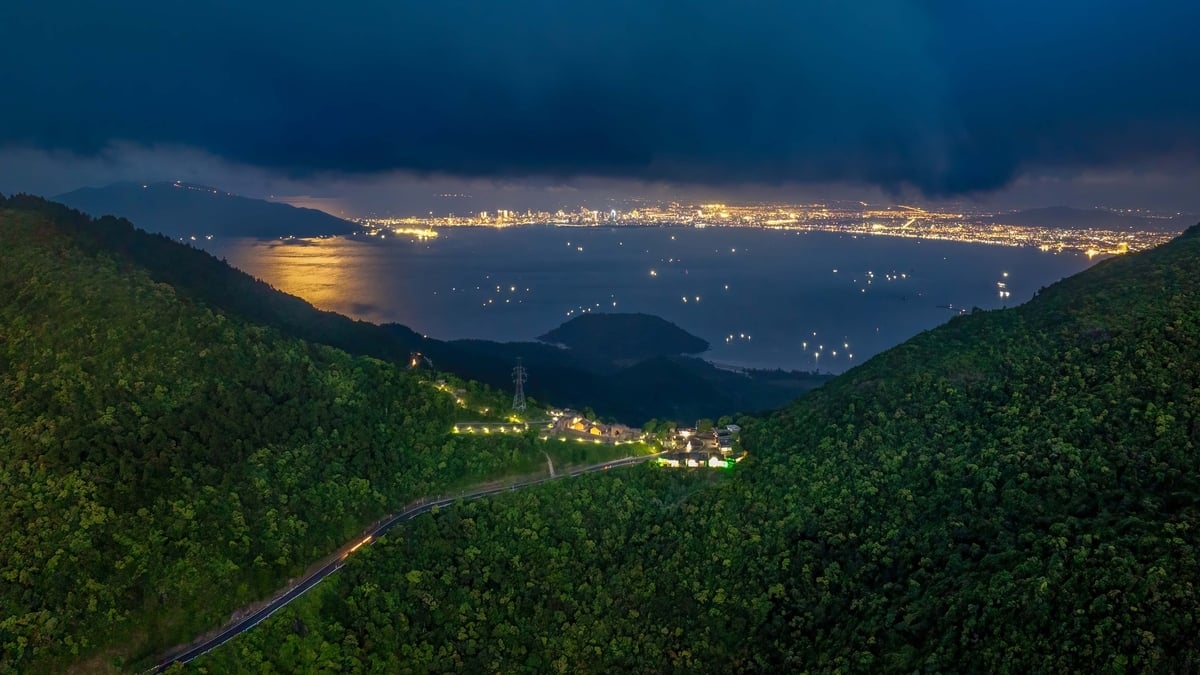

![[Photo] Prime Minister Pham Minh Chinh chairs a meeting on the implementation of the Lao Cai-Hanoi-Hai Phong railway project.](https://vphoto.vietnam.vn/thumb/1200x675/vietnam/resource/IMAGE/2025/5/20/0fa4c9864f63456ebc0eb504c09c7e26)
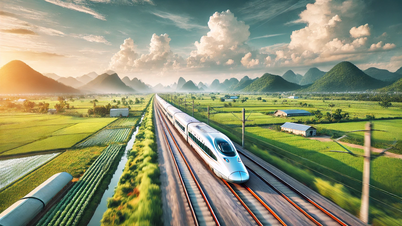

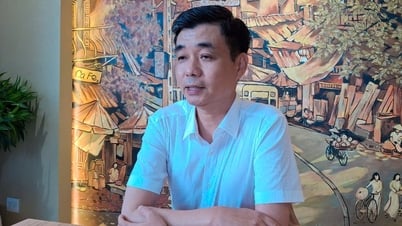

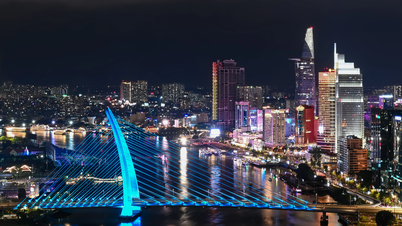






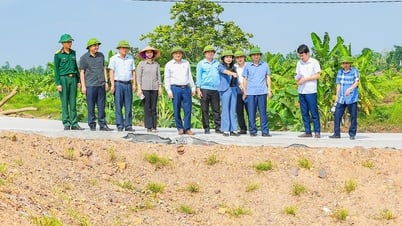

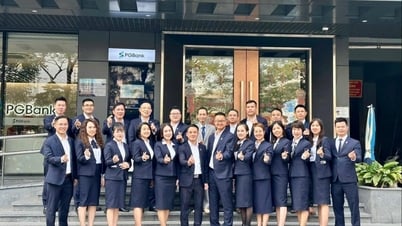

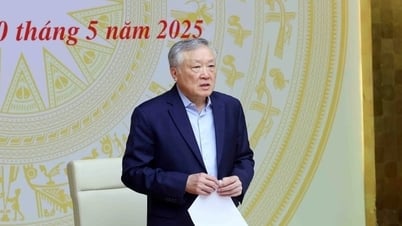





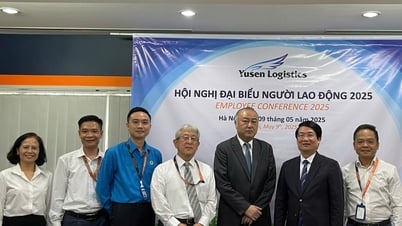




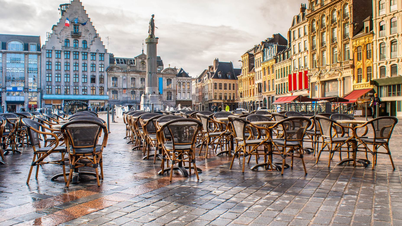





















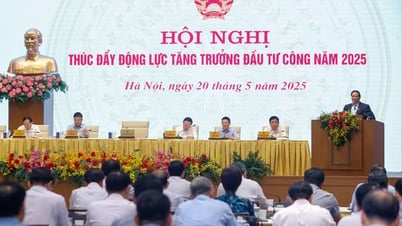





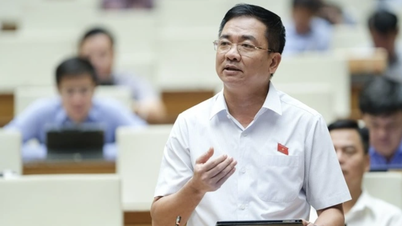


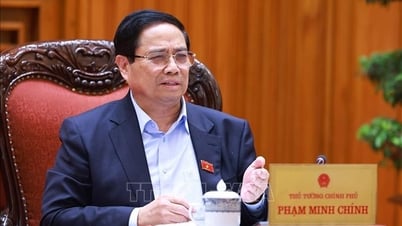



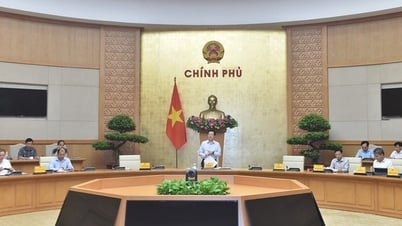

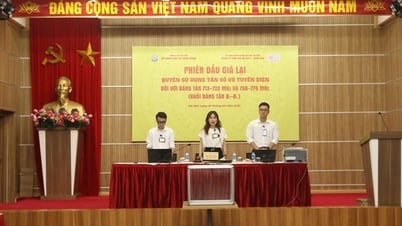

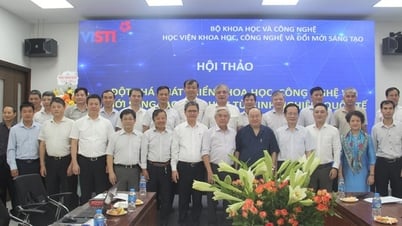
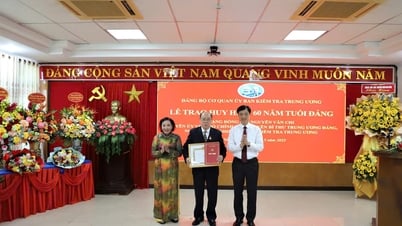

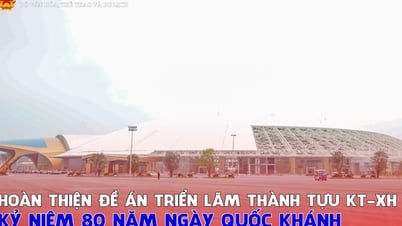








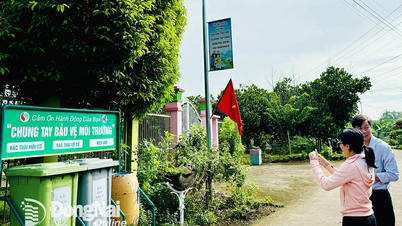
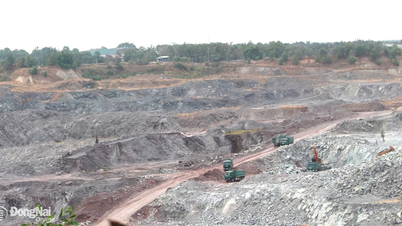












Comment (0)